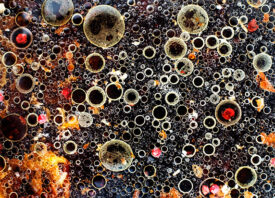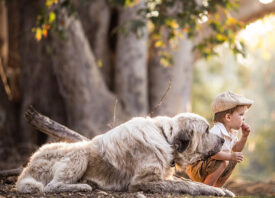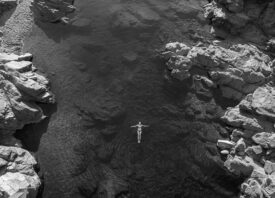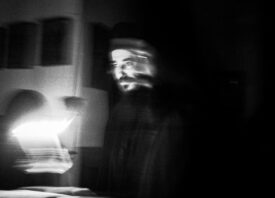Search this site
Master Photographer Adrian Mueller Is Hosting a Workshop in NYC!

Find the detailed outline for Adrian Mueller’s NYC food and beverage workshop here, and sign-up for a spot here.
Photographer Adrian Mueller is a magician in the studio and on location. When he’s not shooting for brands like Hershey’s, CÎROC, Kellogg’s, Pepsi, and The Food Network, he’s collaborating with world-class chefs like Daniel Humm, Matthew Kenney, and David Bouley. His food photographs have graced the pages of Martha Stewart Living, The Wall Street Journal, Elle, National Geographic Traveler, and beyond.
Unlike most magicians, Adrian is always willing to share his behind-the-scenes secrets. Fresh from his sold-out workshops this summer in Europe, he’ll host an intensive food and beverage workshop in his home base of New York on Sunday, November 24th.
Taking place at the stunning Noho Productions Studios in Manhattan, this masterclass will cover everything from lighting techniques (daylight and strobes) to styling and post-production tricks. Adrian will also guide attendees through best practices on the business end of things, including tips for treatments, client communications, and promotions.
“The main reason why I want to teach is grounded in the fact that I was always looking to attend a workshop with an established photographer who has a proven track record and produces work I like,” the artist admits.
The NYC workshop includes a food stylist, the use of all studio equipment (digital & lighting), as well as breakfast & lunch.
In anticipation of the event, we caught up with Adrian about some of the most exciting things happening in food photography right now. If you’d like to attend the workshop, you can review the detailed outline of the workshop here and sign up here: Adrian Mueller Workshop NYC.

What are you most excited about these days in the food photography industry?
“Food & Beverage photography is a dynamic field with lots of creative ways to use your craft, from stills to videos. And it has a huge potential client base, especially with the exponentially expanding health food market. I’m now working with more mission-based and health conscious food companies than ever before.”
How has the food photography world evolved in recent years?
“Everything is going faster nowadays, from initial call to estimates, to treatments and production. Workloads are higher. To move and change sets quickly (and know how to light on the fly) is really important.”
You were inspired to teach workshops in part because you would have liked to attend one earlier in your career. What’s your favorite technique to teach?
“My favorite skill is definitely lighting techniques, for strobe as well as for daylight. If you can expand your repertory in this area, you will likely find your own style and voice faster. It doesn’t have to be complicated nor do you need to know how to use seventeen strobes. Lots of things can look lovely with very few light-shaping tools and elements. If you already have a distinct style, learning new techniques will be a good way to see your own work in a new light and evolve creatively.”

What do you like most about teaching workshops?
“I like the fact that I’m providing something of real value with which each participant can achieve excellent results in his or her own work. The interactions and feedback are always inspiring, and often lasting friendships are formed among those who attend. I’m happy that my workshop can facilitate that.”
How will your New York workshop be different from other workshops you’ve done in the past?
“This workshop is much more detailed and specific, since we have nine hours in which we cover several different lighting set-ups for food and drinks, strobe and daylight. Those who will attend will leave with a nice new toolkit!”

Why is it important to you to cover the business side of being a photographer in this masterclass, in addition to the creative side?
“It’s an added value that I provide. If you don’t know the business side, your images can be the most beautiful in the world, but you might find it hard to succeed.”
What advice would you give to emerging photographers who want to follow in your footsteps?
“Try to assist the photographers whose work you like and would want to emulate. Make a real effort to get their attention (emails don’t count) in sincere and creative ways. See them as your first clients. Ask yourself how you would want to be approached by a prospective assistant.
“Also, instead of contacting commercial clients at an early stage, I’d recommend getting in touch with agents who can give you their honest feedback or even get you on their roster on a trial basis. You can also offer to be an intern with an agent. That will also give you insights into the business and the day-to-day operations. Agents can also refer you to other agents if they don’t have time to meet.”

Can you describe the ideal attendee for this workshop?
“I’m looking for photographers who are open to elevating their work and who are open to expanding their lighting technique repertory. I’m looking for those who are interested in engaging with the other attendees as well–just positive and excited people.”
This is a sponsored Feature Shoot post.



